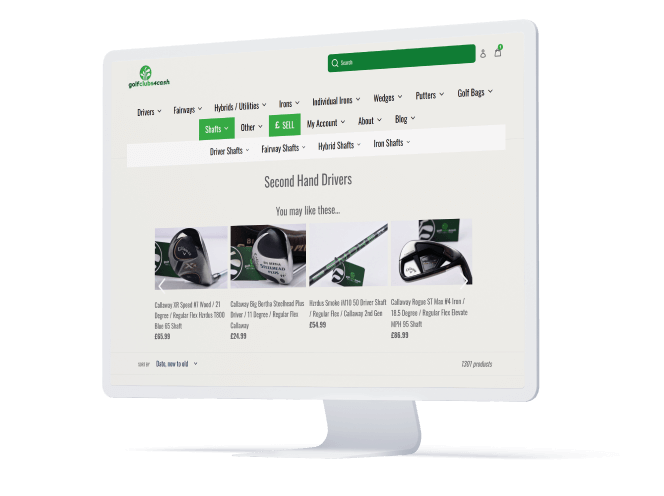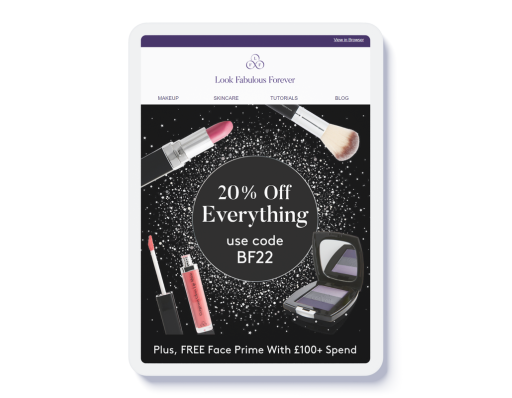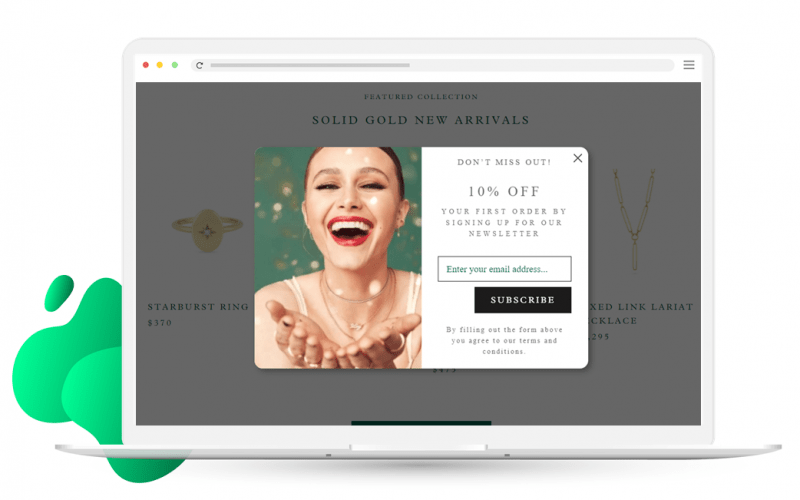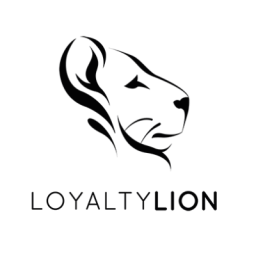learning path
Website Personalization Strategies and Best Practices
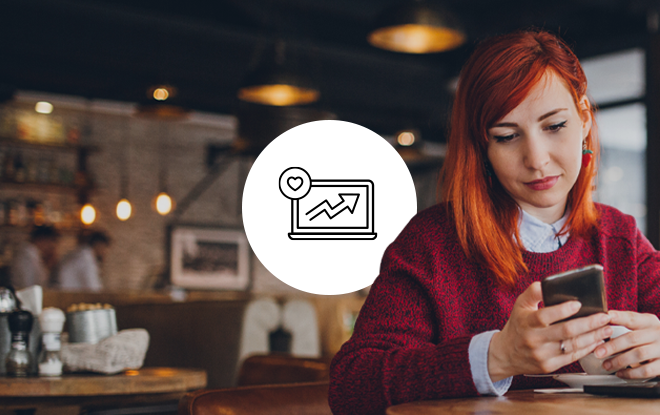
Personalization helps you convert visitors into paying customers. By showing relevant content and offers, you’re more likely to capture their attention and guide them towards the desired action, such as making a purchase or signing up for a newsletter.
Providing shoppers with highly relevant recommendations on the website is a crucial part of eCommerce personalization, as it is effective when it comes to generating sales and helps create a unified cross-channel shopping experience. By using customer data including their previous interactions on your website, your personalization efforts will be rewarded.
34 Must-Know Website Personalization Stats
Website personalization is a proven strategy that delivers impressive ROI and turns anonymous visitors into loyal customers. There’s no shortage of research-backed evidence showing its effectiveness. Marketers everywhere trust personalization to boost engagement and drive results. Ready to see the stats that prove its worth? Let’s dive in.
Benefits of website personalization
1. 89% of digital businesses are investing in personalization. (Forrester)
2. 4 in 5 companies (80%) report an uplift since implementing personalization. (Econsultancy)
3. 80% of consumers are more likely to do business with a company that offers personalized experiences. (Epsilon Marketing)
4. 71% of consumers expect personalization. (McKinsey)
5. 76% of consumers get frustrated when companies don’t use personalization. (McKinsey)
6. 80% of customers now consider the experience a company provides to be as important as its products and services. (Salesforce)
7. Personalization can increase the efficiency of marketing spend by 10 to 30 percent. (McKinsey)
8. 94% of companies experienced a rise in conversion rates after personalizing their websites. (Econsultancy)
9. Basic website personalization can give a 14% sales uplift. (Fresh Relevance)
10. 22% of consumers find it frustrating when they opt out of marketing emails about a specific event, such as Mother’s Day, but the online retailer then shows them promotions around the event when they visit the website. (Fresh Relevance)
11. 89%: of millennials are interested in receiving personalized offers, leading all demographics. (Pymnts)
Effective product recommendations
11. 45% of online shoppers are more likely to shop on a site that offers personalized recommendations. (Invesp)
12. 71% of eCommerce websites offer product recommendations. (Internet Retailing)
13. Personalized product recommendations can increase click-throughs by more than 100%, versus generic product recommendations. (Fresh Relevance)
14. 79% of consumers are willing to share relevant information about themselves for personalized product recommendations. (Salesforce)
15. 38% of consumers say they won’t return to an online retailer that recommends things that don’t make sense for them. (Salesforce)
16. Onsite product recommendations can give a 112% sales uplift. (Fresh Relevance)
17. Personalized product recommendations increase average order value by 10%. (Salesforce)
18. Personalized product recommendations can increase website conversion rate by 49%. (Fresh Relevance)
Engaging popups for personalization
19. More than half of online shoppers (57%) are OK with providing personal information as long as it is for their benefit. (Invesp)
20. The average conversion rate for all pop-ups is 3.09%. The top performers average 9.28% conversion rates. (Sumo)
21. A targeted popover can increase monthly subscribe rate by 600%. (Fresh Relevance)
Coupons for personalized shopping experiences
22. Coupon users spend 26% more than shoppers who don’t use them. (Blippr)
23. 68% of consumers are more likely to join a retailer’s/brand’s marketing list if they receive an instant coupon. (CodeBroker)
24. 68% of consumers say that coupons generate loyalty. (Invesp)
25. 67% of consumers are highly in favor of personalized coupons. (Infosys)
26. 74% of online shoppers prefer discounts that indicate “percentage off” savings. (Blippr)
27. 59% of shoppers look for discount codes before making a purchase online. (Invesp)
28. 1 in 4 consumers (25%) find it frustrating when a retailer sends them a coupon code but doesn’t show them the code anywhere on their website. (Fresh Relevance)
Leveraging location data for personalization
29. 67% of smartphone users say they’re more likely to buy from companies whose mobile sites or apps customize information to their location. (Google)
30. 80% of consumers say that they would like to get location-based alerts from businesses. (Linchpin)
31. 42% of consumers want online retailers to display stock availability in their nearest store for products they are browsing. (Fresh Relevance)
Personalized site search: enhancing user experience
32. 1 in 3 consumers (33%) get frustrated when the search results are irrelevant. (Fresh Relevance)
33. 1 in 4 consumers (24%) get frustrated when the results show out of stock items. (Fresh Relevance)
34. 1 in 5 consumers (20%) want to see alternative products when the search brings back no results. (Fresh Relevance)
